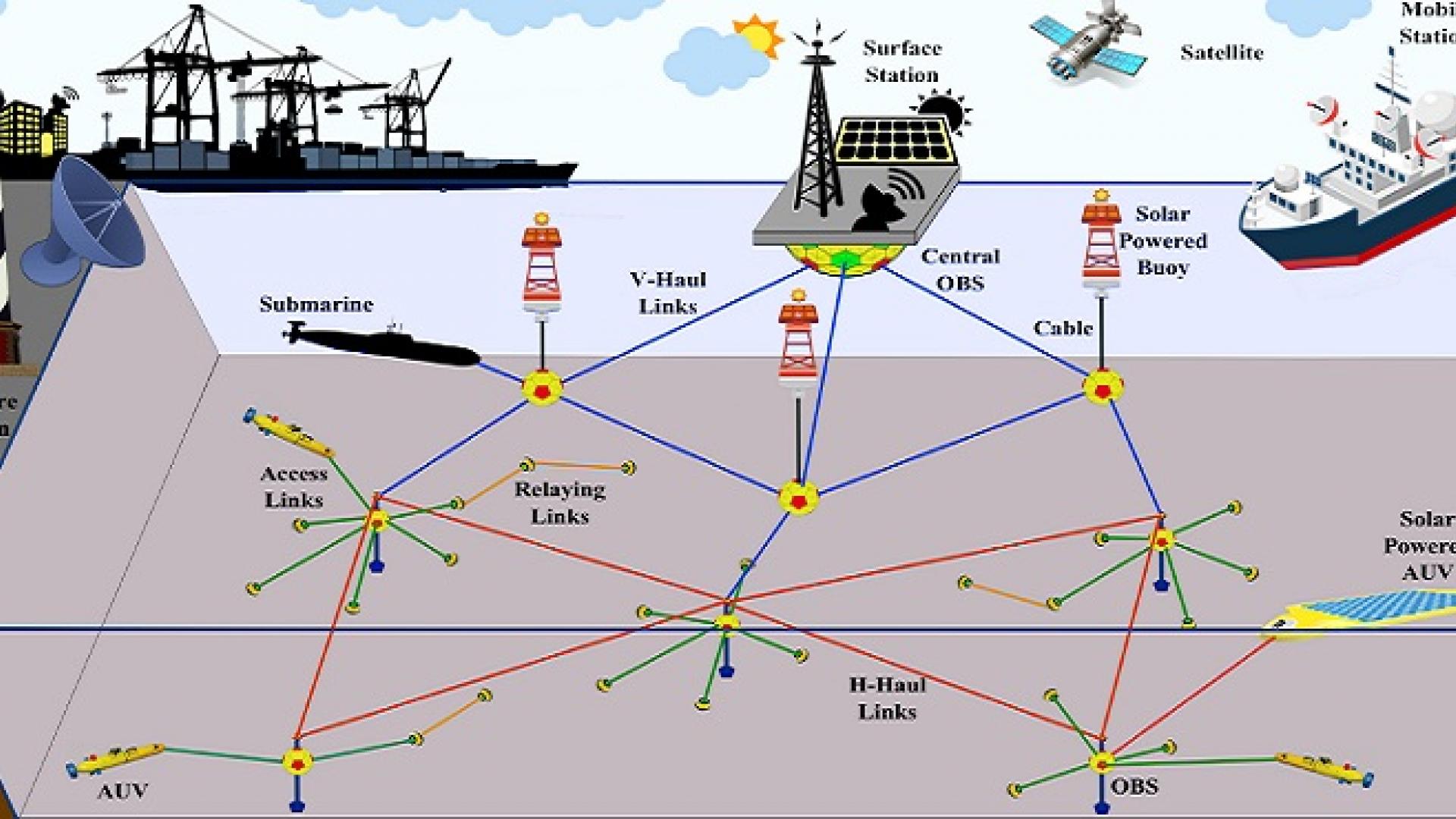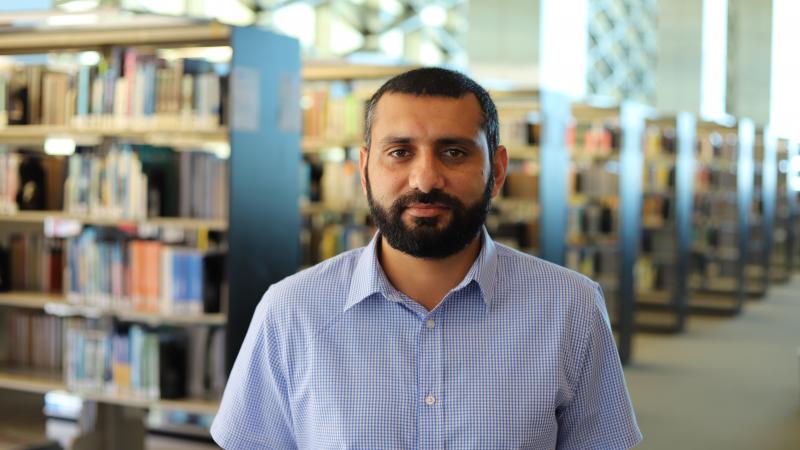© 2018 Abdulkadir Celik
Oceanic sensor networks that collect and transmit high-quality, real-time data could transform our understanding of marine ecology, improve pollution and disaster management, and inform the multiple industries that draw on ocean resources. A KAUST research team is designing and optimizing underwater wireless sensor networks that could vastly improve existing ocean sensing equipment.
“Currently, underwater sensors use acoustic waves to communicate data,” explains Nasir Saeed, who is working on a new hybrid optical-acoustic sensor design with colleagues Abdulkadir Celik, Mohamed Slim Alouini and Tareq Al-Naffouri. “However, while acoustic communication works over long distances, it can only transmit limited amounts of data with long delays. Recent research has also shown that noise created by humans in the oceans adversely affects marine life. We need to develop alternative, energy-efficient sensors that limit noise pollution while generating high-quality data.”
One option is to use optical communication technology instead, but light waves will only travel short distances underwater before they are absorbed. Optical sensors also rely heavily on pointing and tracking mechanisms to ensure they are correctly orientated to send and receive signals. The team therefore propose a hybrid sensor capable of transmitting both acoustic and optical signals simultaneously. In this way, a data-collection buoy on the water surface can communicate with every sensor in a network spread out beneath it.
Read the full article




